Tag: Night riding
-
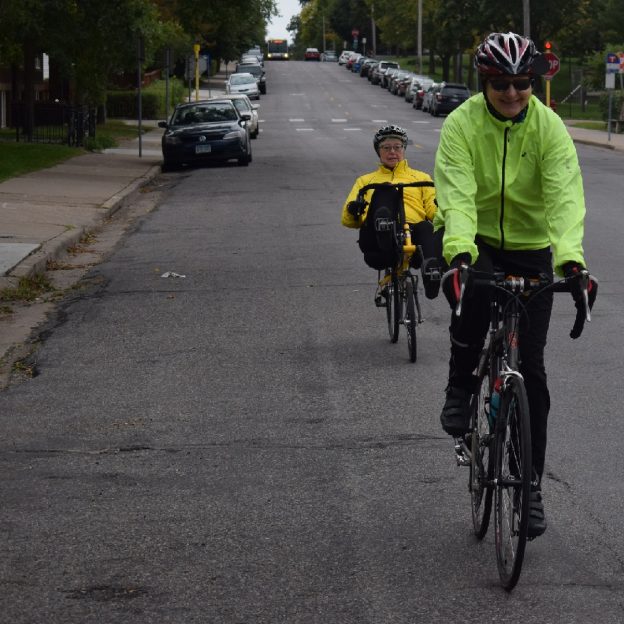
Bike Pic Oct 29, bright clothing adds to a comfortable ride!
This cool-weather Wednesday, bright clothing adds to a comfortable ride!
-
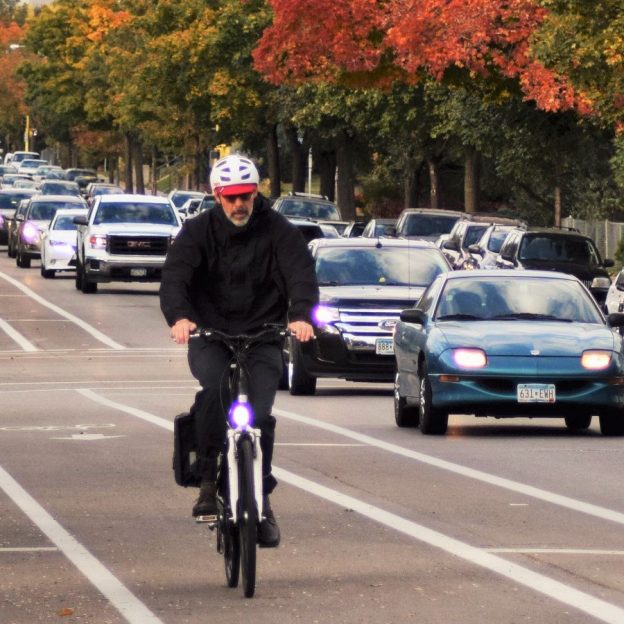
Added visibility for safety and fun in fall’s limited light
Now that fall is just around the corner and the days are getting shorter, we must consider visibility while staying active amongst the autumn colors. As the leaves change and then drop, we need to focus on passive and active visibility. Features like reflectors and bright colors are passive forms of visibility, whereas lights and blinkers are…
-
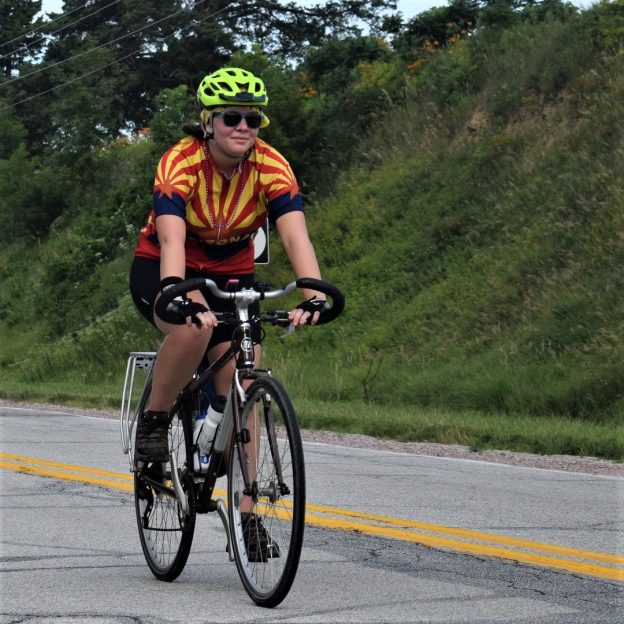
Being visible and noticed doesn’t end when the sun comes up
Now with spring riding soon in full swing, stay visible and noticed. Wear clothing that makes you stand out to others while riding your bike or walking. Being noticed by others is the key to avoiding accidents. Focus on the two forms, passive and active visibility, to help stay safe. Things like reflectors and bright…
-

Add visibility in fall’s limited light for a memorable ride.
With fall session riding in full swing, using passively bright gear is a critical component to being better seen while riding our bikes. The two primary forms of visibility we need to focus on are passive and active visibility. Things like reflectors and bright colors are forms of passive visibility. In contrast, lights and blinkers…
-
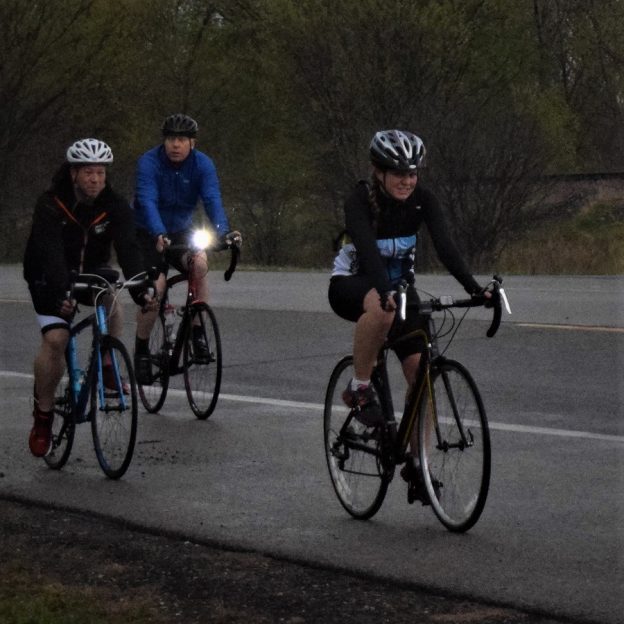
A dynamo light is an upgrade you should consider for this fall!
Being visible is paramount to staying safe while riding and there are many different types of lights available to help with that pursuit. But, the king of them all is the Dynamo light. These lights use a bicycle mounted generator for power, staying lit while you ride. Read on to learn how Dynamo systems work and…
-

With more darkness then daylight the zen and the art of night biking
Seasons change and eventually we are left with more night than day. This annual march to the darkest day of the year was the inspiration Frost needed to write Stopping by Woods on a Snowy Evening and on occasion my “Little Horse” asks if “there is some mistake”, but of course frost was talking about…
-
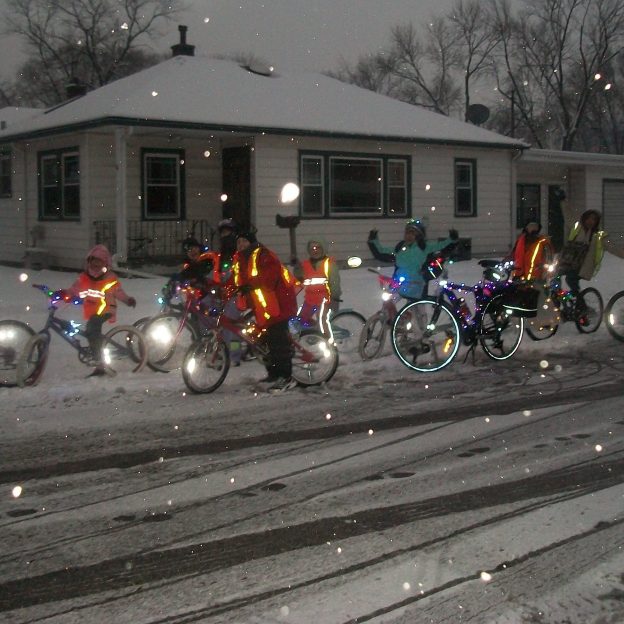
Visibility and you, staying safe while riding your bike at night
With Thanksgiving long gone, we are firmly in the grip of winter. With colder days and darker nights, my thoughts turn to visibility on my daily commute. Here is some info and a few tips on staying visible while riding at night.
-
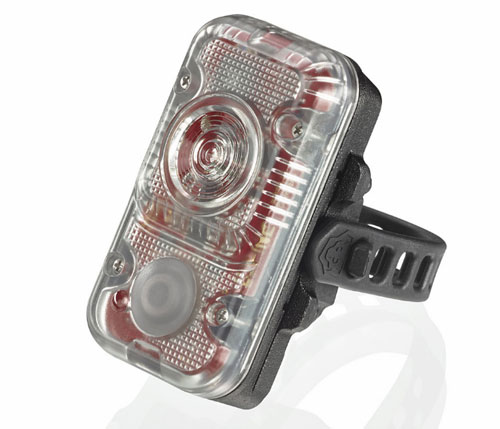
Rotlicht: Out of the box review for a one of a kind rear blinker
Along with Lupine’s SL-A7 we received a smaller package containing the Rotlicht blinker. With a brightness of 160 lumens this light might just be the best rear blinker ever made. Read on to see what else is hiding inside.
-
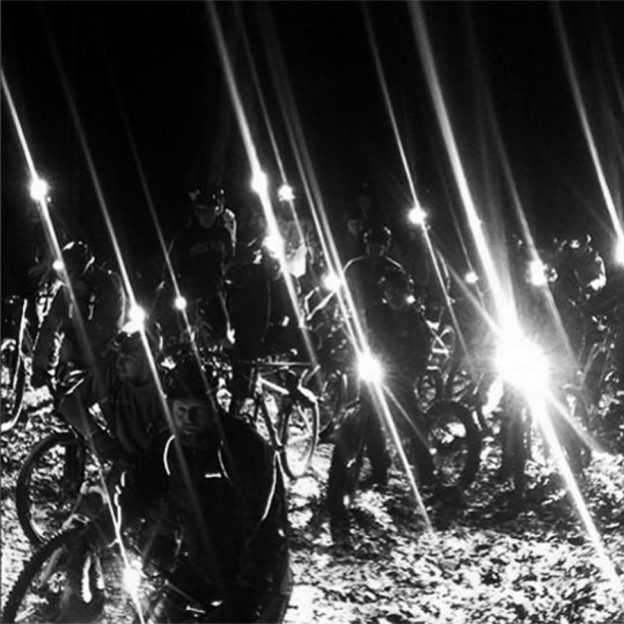
Lupine SL-A7 Road Light, out of the box and amazing first impression
I really didn’t know what to expect when I heard we were going to be reviewing Lupine’s new SL A7 light. This is by far the clearest and brightest 900 lumen light I have ever seen. My first experience with their product reinforced everything I have heard and more. Read on to learn more.
-
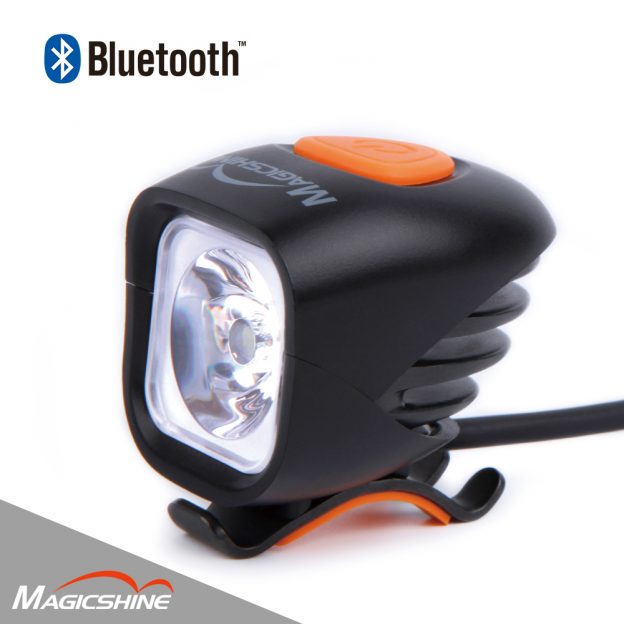
First look at an amazing new bike light, the MagicShine MJ-900B
MagicShine might not be the first name you think of when going out to buy a bike light, but maybe it should? The company’s beginnings were humble and in 2008 MagicShine brand was created, bursting onto the scene with the MJ-808 light offering a startling 2000 lumens at far below the price of its competitors.…
